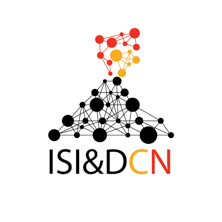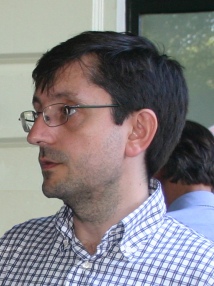MANLIO DE DOMENICO
Structure and Dynamics of Multilayer Networks
Complex systems are characterized by constituents -- from neurons in the
brain to individuals in a social network -- which exhibit special
structural organization and nonlinear dynamics. As a consequence, a
complex system can not be understood by studying its units separately
because their interactions lead to unexpected emerging phenomena, from
collective behavior to phase transitions.
Recently, we have discovered that a new level of complexity
characterizes a variety of natural and artificial systems, where units
interact, simultaneously, in distinct ways. For instance, this is the
case of multimodal transportation systems (e.g., metro, bus and train
networks) or of biological molecules, whose interactions might be of
different type (e.g. physical, chemical, genetic) or functionality
(e.g., regulatory, inhibitory, etc.). The unprecedented newfound wealth
of multivariate data allows to categorize system's interdependency by
defining distinct "layers", each one encoding a different network
representation of the system. The result is a multilayer network model.
Analyzing data from different domains -- including molecular biology,
neuroscience, urban transport, telecommunications -- we will show that
neglecting or disregarding multivariate information might lead to poor
results. Conversely, multilayer models provide a suitable framework for
complex data analytics, allowing to quantify the resilience of a system
to perturbations (e.g., localized failures or targeted attacks),
improving forecasting of spreading processes and accuracy in
classification problems.







